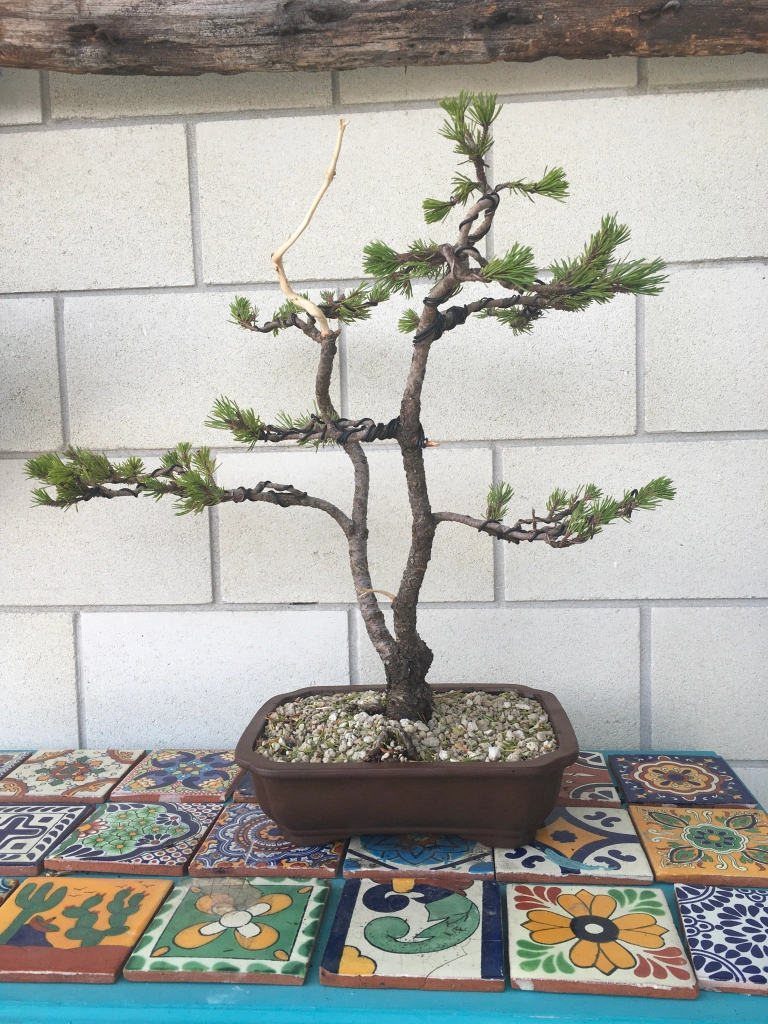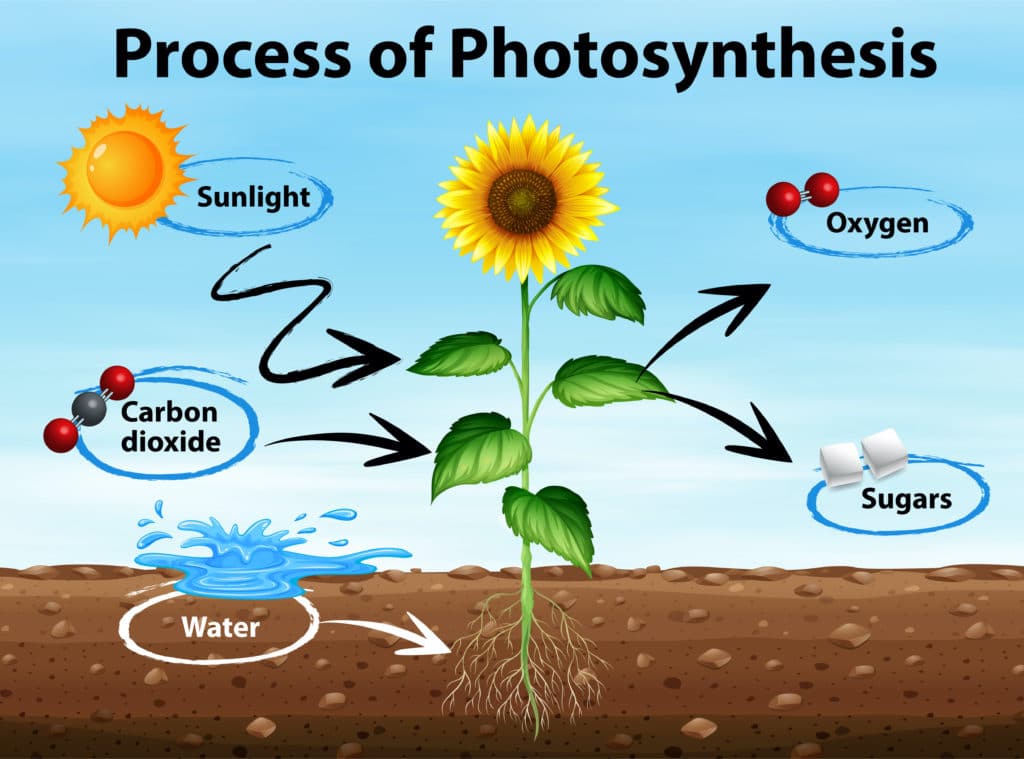I have over the last few months been asked to value some Bonsai trees for various purposes. One was from a buyer who wanted to know if the seller’s prices were fair, one was for an insurance claim and the third one was a person questioning the price that I had on a Bonsai that I was selling. To cut to the chase, a Bonsai tree is worth what someone else is willing to pay for it. I have a few trees with extremely high prices on them and the reason is that I do not really want to sell the trees. We also know that a lot of people do not get involved in the pursuit of Bonsai as there is a perception that it is quite an expensive activity to participate in. Another observation that I have made over time is that when you do provide a valuation on a tree, the buyer is usually still skeptical and the seller think that you are doing them in. What the to look for when you value a Bonsai tree is quite diverse and multidimensional. Some things will add to the value and some thing will detract from the value. I am off-course talking about monetary value here but also do not want to throw the emotional value that a person might feel for a tree out of the picture. It is part of it, but hard to put a price on.



If you are reading this with the expectation that when you get to the end of the read you will know exactly what price to put on a tree, then you will be disappointed. What I can do is highlight those things that will add value to a tree and also point the things out that will detract from a tree. Now I know what you will do, if you are a seller, you will only highlight the things that will push the price up and when you are the buyer, you will only notice the things that will reduce the price. All is fair in love and war and Bonsai trading. So here we go.
One of the things that I always do is to troll through online markets where Bonsai is sold and also visit markets in person to get a feel of what the asking prices for different trees are and then in conversation with vendors, ask about what the tree sold for. There usually is a difference, especially at the higher end of the market. I have seen trees that sold for half the asking price and have also seen trees that were completely underpriced. Doing some research is the first point to take note of. Comparing prices across different species and ages is a good starting point.
The biggest factor is the aesthetic one. Does the tree look like a Bonsai and does it evoke an emotion? If it does, then lets start to look at how we can get to a suitable price. The number one price differentiation is age once the two points mentioned above are satisfied. With age comes the predictable themes of a well-developed Nebari, bark and ramification. A wide-based trunk with a good taper covered in thick bark platelets and branches that keep on ramifying with well-developed foliage pads or levels will immediately enforce a high asking price. Let us talk about a continuum or sliding scale for this purpose. What we are saying here is that a younger tree will be at the lower price end of the scale and the one as described above will be at the other end of the scale. Your country specifics or even district specifics will determine what the higher end of the scale looks like and what the lower end of the scale looks like. If the highest any tree has ever gone in a country ids $1,000 then that will be the high end and the low end will be zero, a free tree. On age, a tree will fit in somewhere along that scale. In a place where trees can be collected from the wild and where they have reached a very old age, Yamadori from these places will dictate a higher price than seedlings from the same mountain.
The next factor is specie. In some places Conifers will be more highly valued than broadleaf trees or deciduous trees. If you follow a few Bonsai experts on social media you will be under the impression that Pines and Junipers are the ultimate in Bonsai species. There are many others. Climate is important here as well and so is personal preference. I lived in a much colder place before and Maple trees were spectacular in their coloring during Autumn. Moving to a much warmer place with high humidity, Maples do not do as well and in my personal estimation has gone down a few notches for where I live now. For that reason I cannot pay a lot for a Maple tree that will never reach its full potential amongst my collection. They are still there, I am just not going to pay much for them and running the risk of a tree that throws tantrums.
In my country Privet is a pest tree and should be eradicated, the same with wilding pines. For that reason, these trees will always be at the lower end of the scale than a tree like a Japanese Black Pine or a sought after Juniper. Environmental status therefore will also play a role with pricing. A much sought after and in some cases, protected or native trees, will reach higher prices that the thousands of Radiata Pine that can be collected on the side of the road in my country. I am not saying that they are worthless, just that they will be lower down the price sliding scale than a Japanese White Pine or a Juniper with exquisite foliage.
A healthy tree will demand a higher price than a disease ridden tree. I have a filthy habit of checking under tree leaves for things like spider mite and even scratch around in the soil to see if there are any nasties hanging around there. Yellowing of leaves (do not get confused with Autumn coloring), flaking bark, dry or dead roots and a just generally sad appearance will let the slide slip to quite low on the scale.
The pot. This needs to be factored into the price as it can be quite a costly item. This is all about style, size, connection with the tree and then also the source of manufacturing. If you are into the valuation of Bonsai trees, you probably need to know a lot about pots, potters and their marks. It is definitely not just about the tree. On this topic, the growing medium is also a sign of care. Is it appropriate for the specie of tree? Is it Akadama, is it a proprietary mix and then a big question, when was it last repotted? While you are there, have a look at whether the tree is properly tied into the pot, check on drainage and also on chips and defects.
Then comes the hardest part. Valuing the effort, care, attention to detail and love that went into the tree to get it to where it is now. Labour costs over many years is indeterminable and this is the bit that makes the pricing of Bonsai more of an art than an exact science. That is the seller’s prerogative and in my mind, the only bit that is not clear cut and where haggling can take place. Just keep in mind that if a tree is priced right, it will be disrespectful towards the artist to diminish his or her work for the sake of a few dollars. In saying that, a high profile name is not necessarily a determinant of a high price. You must still be able to care for the tree with dedication and the correct techniques, no matter where the tree came from.
In ending it comes down to adding the plusses and subtracting the minuses, comparing it to the market (availability and price) and then figuring out the X-factor. Good luck and be prepared to be abused and ridiculed when you get involved in the business of valuing Bonsai trees, especially at the high end of the market. Last words is the same as in the first paragraph. A Bonsai tree is worth what someone else is prepared to pay for it. The asking price is not necessary the selling price.































































































